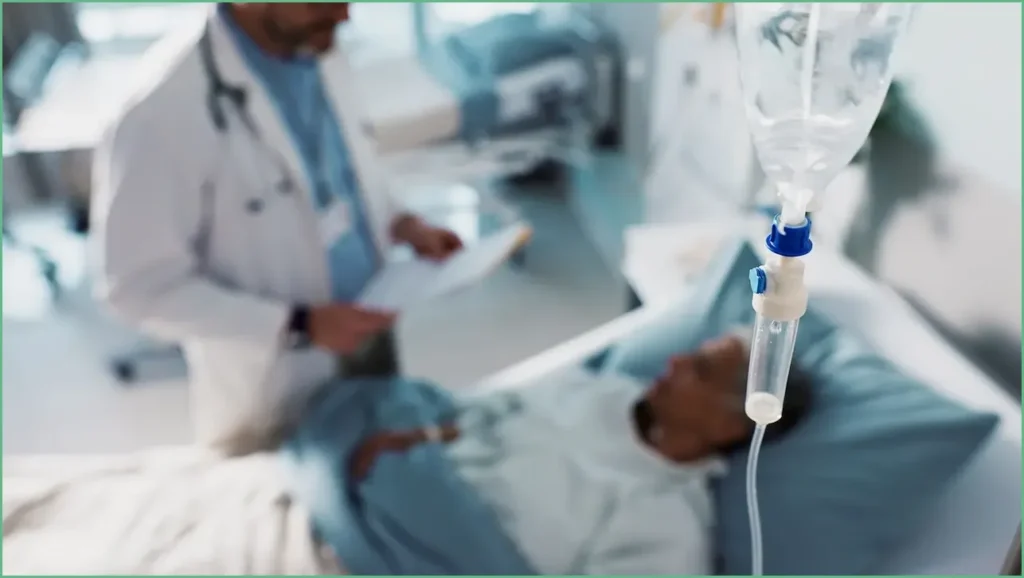California health officials have confirmed three cases of clade I mpox in Southern California, marking the first local instances without recent international travel and suggesting community spread. The cases were identified in Long Beach and Los Angeles County, all requiring hospitalization but now improving. Public health authorities are urging at-risk people to get vaccinated and to follow standard precautions to limit further transmission.
The California Department of Public Health reported the three unrelated clade I infections and emphasized that this is a departure from the usual pattern of imported cases. Officials say these are the first known local infections without recent travel outside the U.S., which raises concern about person-to-person transmission in the community. That change shifts the focus to prevention and quick detection.
Community spread in this context most often happens through intimate contact, not casual encounters in public places. Direct skin-to-skin contact with rashes, scabs, or body fluids is the primary route, and sharing close living spaces or personal items can also pass the virus. Health experts note that routine fleeting contact on planes, in stores, or at work is unlikely to be the driver of these cases.
All three patients were hospitalized during the course of their illness but have since moved into recovery, according to the state update. Hospitalization rates tend to be higher with clade I infections compared with other strains, and that clinical severity is a key reason officials are sounding the alarm. Local public health teams are monitoring contacts and tracing possible chains of transmission.
The department urged people who may be exposed through sexual or intimate contact to receive both doses of the mpox vaccine as soon as possible. Vaccination remains the most effective tool to reduce the risk of severe disease and to blunt spread among close networks. Outreach is being prioritized to communities where cases have clustered historically.
Mpox has disproportionately affected gay and bisexual men in recent outbreaks, and public health messaging continues to focus on those networks without stigmatizing individuals. Clear, nonjudgmental information on how the virus spreads and when to seek testing helps people make safer choices and encourages timely care. Clinics and community organizations are being asked to step up education and vaccine access.
Health authorities outlined typical symptoms that often start like a fever or flu and are followed by a distinctive rash, which is the hallmark for testing. Laboratory confirmation is the standard for diagnosis, and anyone who thinks they may be infected should contact a medical provider promptly for testing and guidance. Early detection can lead to quicker isolation and treatment, reducing the window for onward transmission.
Officials asked those exposed to get vaccinated quickly, ideally before symptoms begin, and to avoid intimate contact for 21 days after exposure. People who develop symptoms are advised to isolate at home and avoid contact with others until the rash has fully healed. Those with weakened immune systems should be especially cautious because they face higher risk of complications.
Assistant State Public Health Officer Dr. Rita Nguyen stressed vigilance while authorities work to contain spread, urging Californians to “stay informed and take preventive measures.” She added, “Especially [for] persons who are more likely to be exposed to mpox, clade I mpox cases can be severe,” and reminded the public that “Risk of severe disease and hospitalization are highest for people with weakened immune systems, so it’s critical to protect yourself by getting both doses of the mpox vaccine if you or your sex partner(s) may be at risk for mpox.” The department will continue surveillance and public outreach as the situation evolves.
